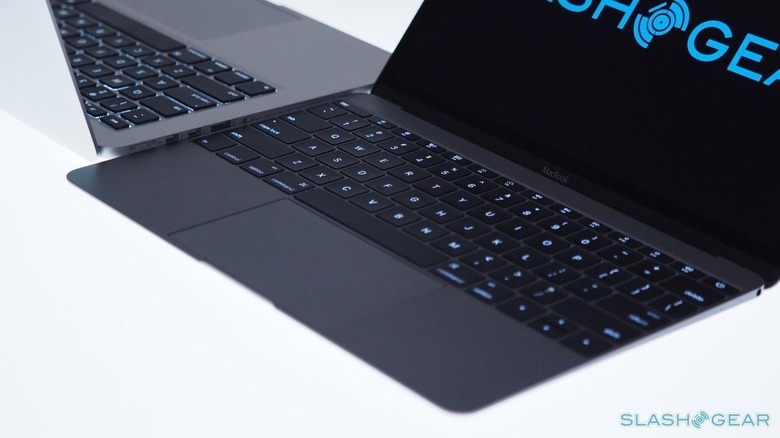Apple Knows How To Make iPhone Antennas Invisible
Radio waves may not pass through metal, but Apple is developing new materials that could look like aluminum even as they play nice with LTE and WiFi networks. The distinctive strips running around the edges and across the rear of the iPhone 6 and iPhone 6 Plus are a necessary evil, given the interference a fully-metal chassis would introduce to the wireless tech a smartphone relies upon. However, a freshly-filed Apple patent suggests a fix could be on the way, and it could have big implications for MacBooks, too.
Apple's approach is to combine materials like metal oxides and take advantage of the fact that, though they look and feel like true metal, they don't have the unwanted wireless impact that metal does.
For instance, one approach could involve making a metal oxide substrate and then applying a layer of non-capacitive material over the top of it. In another, Apple describes creating a faux-metal oxide layer – which could potentially blend seamlessly into the actual metal of the device's casing – onto which a non-capacitive layer would be applied.
The result would be an iPhone or iPad that looked entirely aluminum, but that could operate as you'd expect a phone might.
Such a system would also have a big impact on capacitive touchscreens. "Metal is generally a high capacitive material, and as a result, not used to cover capacitive touch pads, touch screens and other capacitive sensors," Apple's patent application points out. "Accordingly, portions of the housings that cover antennas and touch sensors are made of a non-metallic material such as plastic or glass."

Using this new layering approach, however, Apple could make MacBook trackpads that blended seamlessly into the wrist-rest – and which still provided the feeling of a physical click, courtesy of the same technology as in the new MacBook Retina – or iPad display bezels that more seamlessly integrated with the body of the tablet.
Of course, Apple isn't shy when it comes to filing patents, and there's no telling whether this particular batch of wizardry will ever actually show up in production devices.
With the wireless requirements of modern phones only increasing as users expect more LTE bands and features like NFC, however – with a knock-on effect as to the amount of space companies need to dedicate to antennas – it's not especially surprising that Apple is trying to think of a way to minimize the aesthetic impact of all that connectivity.
VIA Business Insider
SOURCE USPTO
